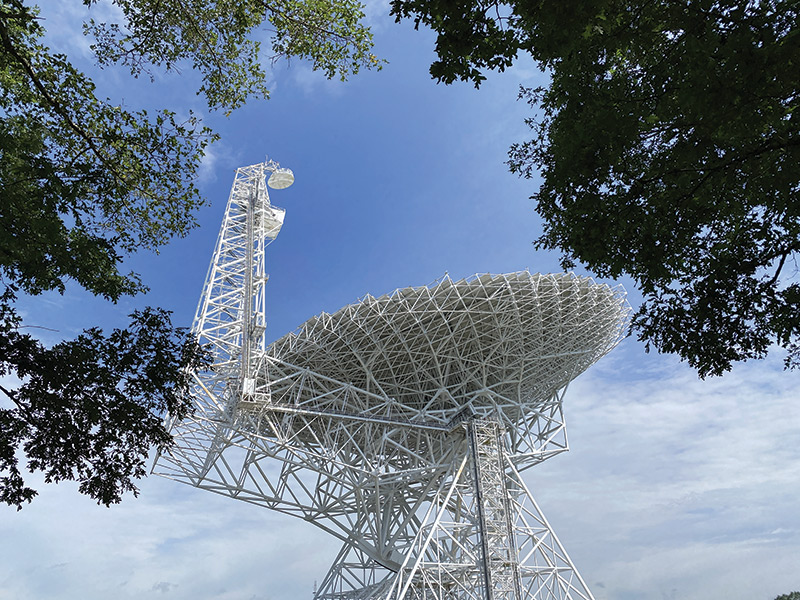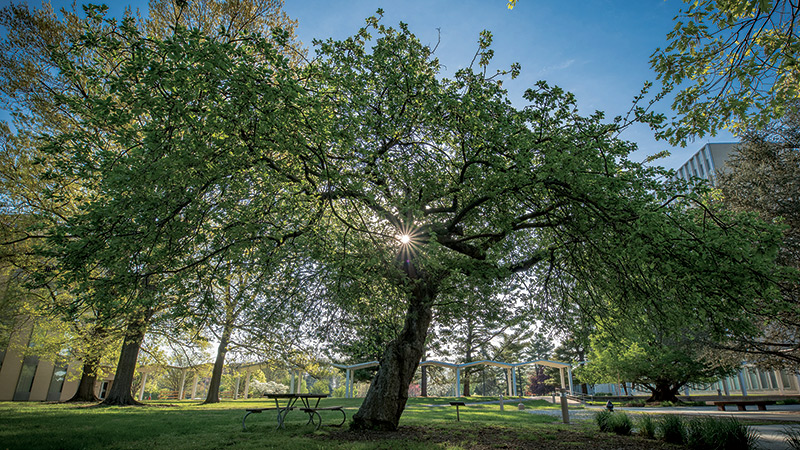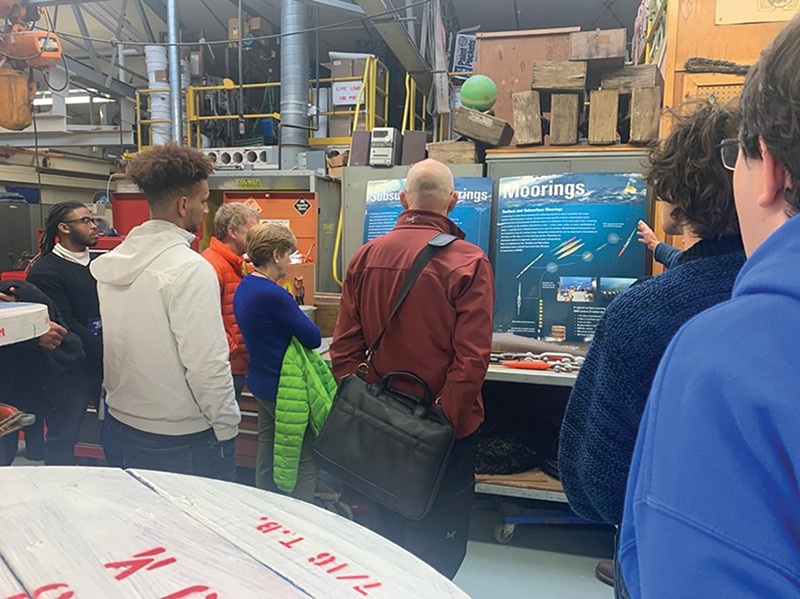2022 Physics Congress Workshops, Tours, and More
Fall
2021
Feature
2022 Physics Congress Workshops, Tours, and More
While in the midst of hearing from luminaries in physics and astronomy, presenting your research or outreach projects, and networking with physicists from across the US, at PhysCon you’ll have opportunities to engage in workshops, panels, and tours catered to physicists like you.
WORKSHOPS
Physics Phine Art
Led by Geraldine Cox, an artist, physicist, and winner of the 2020 Andrew Gemant Award for her contributions to the artistic dimension of physics, this workshop will focus on conducting outreach at the intersection of art and physics.
Physics for Humans: Using Physics to Improve the Human Condition
Led by Randy Tagg from the University of Colorado Denver, this workshop will explore entrepreneurship, inventive thinking, and how your physics and astronomy skills could make life better for humans.
Stellar Astronomy Outreach
Led by Nicole Gugliucci of Saint Anselm College and Riley Troyer of the University of Iowa, this workshop is for those who want to step up an astronomy-themed outreach program on a budget, take pictures of the night sky with a cell phone, or find fun new ways to interest their communities in physics and astronomy.
Little Shops of Physics: Take Your Outreach Game to the Next Level
Led by Heather Michalak and Sheila Ferguson from Colorado State University, this workshop is for those who want to learn to present physics concepts to a wide variety of audiences with engagement, showmanship, and pizazz.
Faculty Workshops
PhysCon faculty workshops will focus on the physics and astronomy SEA Change Initiative to help departments improve diversity, equity, and inclusion; preparing students for the workforce; and best practices for cultivating student research and leadership.



TOURS
Overnight Tour of the Green Bank Observatory (GBO)
The first trailblazers of American radio astronomy called Green Bank Observatory home more than 60 years ago. Today their legacy is alive and well in the observatory’s seven telescopes, ranging from 14 to 100 meters in diameter. Nestled in the mountain ranges of West Virginia, within the National Quiet Zone, GBO is now home to radio astronomers listening to the remote whispers of the universe in order to discover answers to our most astounding astronomical questions. This overnight tour will include talks by GBO staff and researchers, a nighttime tour of the facilities, and a visit up to the enormous Robert C. Byrd Green Bank Telescope.
National Institute of Standards and Technology (NIST) Gaithersburg
Founded in 1901, NIST is one of the nation’s oldest physical science laboratories—but don’t let that fool you. In the last 25 years NIST scientists have won five Nobel Prizes, four in physics. NIST’s headquarters, in Gaithersburg, Maryland, sits on a 579-acre campus just outside of Washington, DC. Inside its 62 structures, researchers and engineers push the boundaries of science and technology to their limits in areas such as energy and climate research, physical measurements, materials, nanotechnology, and advanced communications. While visiting NIST, be sure to keep an eye out for a direct descendant of Newton’s apple tree!
NASA Goddard Space Flight Center (GSFC)
GSFC in Greenbelt, Maryland, is home to some of the most famous NASA projects—the James Webb Space Telescope (led by John C. Mather, physics Nobel laureate and good friend to SPS) and the groundbreaking Hubble Space Telescope. GSFC is also home to the International Space Station mission control, maintaining communications between astronauts on the station and Earth. The campus features several unique facilities for testing spacecraft components and payloads, including what may be the world’s largest clean room, a nearly 13-meter-tall acoustic test chamber, a space environment simulator, and a centrifuge that can accelerate a 2.5-ton payload up to 30 Gs.
University of Maryland (UMD) -Department of Physics
Housed within a large, diverse research university just outside of Washington, DC, the physics department at UMD is one of the largest in the nation (and it has a great SPS chapter!). The department’s faculty and students do cutting-edge research in more than 30 subfields of physics, including quantum computers, quantum theory, biophysics, chemical physics, high-energy physics, nuclear physics, and astrophysics. During this tour you’ll hear about the department’s research, tour labs, talk to current graduate students, and check out this world-class campus.
Behind-the-Scenes Tour of the Smithsonian Institution
The Smithsonian Institution is the world’s largest museum, education, and research complex. Its 19 museums, galleries, gardens, and the National Zoo boasted a combined 28 to 30 million visitors annually prior to the start of COVID-19. The National Air and Space Museum and its annex are among the favorites of space and science enthusiasts. The Smithsonian is also one of the world’s foremost research centers, conducting studies on astrophysics, environmental changes, and how modern technology can aid our interpretation of historical objects, among many other areas of science, the arts, and the humanities. You don’t need to attend the 2022 Physics Congress to visit the museums, but you won't get this behind-the-scenes tour anywhere else!
“Going to MIT’s physics department and touring the condensed matter experiments during the 2019 PhysCon was a SOLID experience. Part of the tour consisted of a graduate student explaining his research to us regarding single-layer atoms and using optical techniques to better understand topological behaviors. It was an incredible experience hearing someone who was just a few years older than us talk about his physics research and current endeavors. It was an eye-opening experience and such a fun time to be in a room with people who also found this to be interesting.”
- Student from Abilene Christian University
“During PhysCon 2019, we had the chance to engage in workshops and tours that were centered around the idea of how physics can be beneficial and affect human life. Each experience was interactive, and some even involved group work to get us engaging with our peers. One of the commonalities between these experiences was their focus on climate change and how we as physicists can help lead in this change. . . .”
- Student from Juniata College
Watch for details this fall on more PhysCon events: panel discussions on careers and graduate school, a history of physics and astronomy Wiki-thon, how to be a shark with physics, and more!
